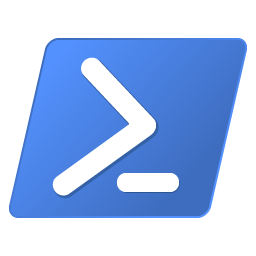Post by this author


PowerShell Tools for Visual Studio – Now Available

Introducing Get-AzureVMDscExtensionStatus cmdlet for Azure Powershell DSC Extension

Invoking PowerShell DSC Resources directly

PowerShell Script Analyzer: Static Code analysis for Windows PowerShell scripts & modules

PowerShell Script Analyzer: Static Code analysis for Windows PowerShell scripts & modules

ISE Module Browser – A new way to manage your PowerShell modules

Windows Management Framework 5.0 Preview February 2015 is now available

Introducing DSC Resource Kit Wave 10


 Light
Light Dark
Dark